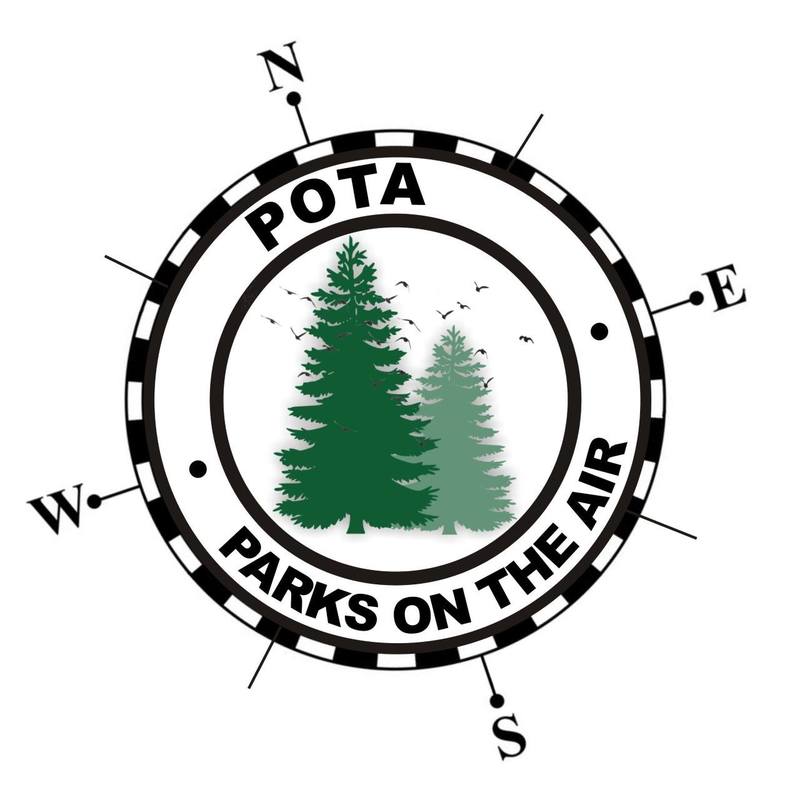Parks on the Air (POTA)
Last time we mentioned some of the programs that encourage hams to take their radios and travel to “activate” various locations. Today we will take a closer look at “Parks on the Air”, or simply POTA. POTA is an outgrowth of the National Parks on the Air (NPOTA) that took place in 2016. GARS did more than one NPOTA activation, and they were FUN! NPOTA celebrated the 100th birthday of the National Park System. It was a hit among amateur radio operators. Both the “activators” (those who went to National Parks and got on the air from them) and the “chasers” those who tried to log the National Parks being activated). Apparently, someone missed the excitement.
According to the POTA web site, https://parksontheair.com/, the program is “for portable amateur radio operations that promote emergency awareness and communications from national and state level parks.” They have recently added 4770 Canadian National and Provincial Parks to the POTA system. Brand new users who want to register can go to: https://stats.parksontheair.com From this screen, click Login/Logout in the Navigation Menu. Click Sign In / Register in the drop down menu. You will be presented with the login page. You can choose to log in with Google, Amazon, Facebook, or with your own POTA account. Choose “Sign up” underneath the Sign-in button located at the bottom of the right side of the login screen. After choosing an email address and password for your account, you will have to provide additional information. You will be notified when your account has been created.
When you have an account, locate a POTA entity near you by going to the https://parksontheair.com site and enter your state in the search box. Announce where you are going, and when via our Facebook page.
Join it at: https://www.facebook.com/groups/parksontheair/.
Fort Yargo, K-2177, is the closest one to Gwinnett County. The Martin Luther King Jr. Site is K-0846. The second location might be easiest for someone with a small handy-talkie (HT). It is recommended that you get permission from a park authori
ty before you go. I know Fort Yargo is not averse to our coming out there, but let them know you are coming, where you will be there, and what type of antenna you will be setting up. You will, of course need a larger antenna than the one on your handheld. It is highly recommended, if you are using VHF and/or UHF that you have a radio with higher power. You can get a power amplifier for an HT, but they are about the same price as a mobile or base station.
Back to antennas. The author has a magnetic mount and whip antennas for 20, 10, and 6 meters, as well at 2 meters and 440. We have battery power and an IC-7100. Technicians do not have rights to 20 meters, but they do to a portion of 10 meters. (Guess where the most activity on 10 is!) Technician class amateurs also have privileges in 6 and 2 meters and 440.
The instructions in POTA say to spot on their site, but nothing says they can’t use one of the spotting web sites or the local club reflectors (groups.yahoo.com and groups.io). Let other GARS members when and where you go and many of us will try to make contact with you.
As a site note, upgrading your license to general or extra class gives you HF privileges. That expands the frequencies you can use to activate your site. It is worth considering to upgrade.
Happy activating!

